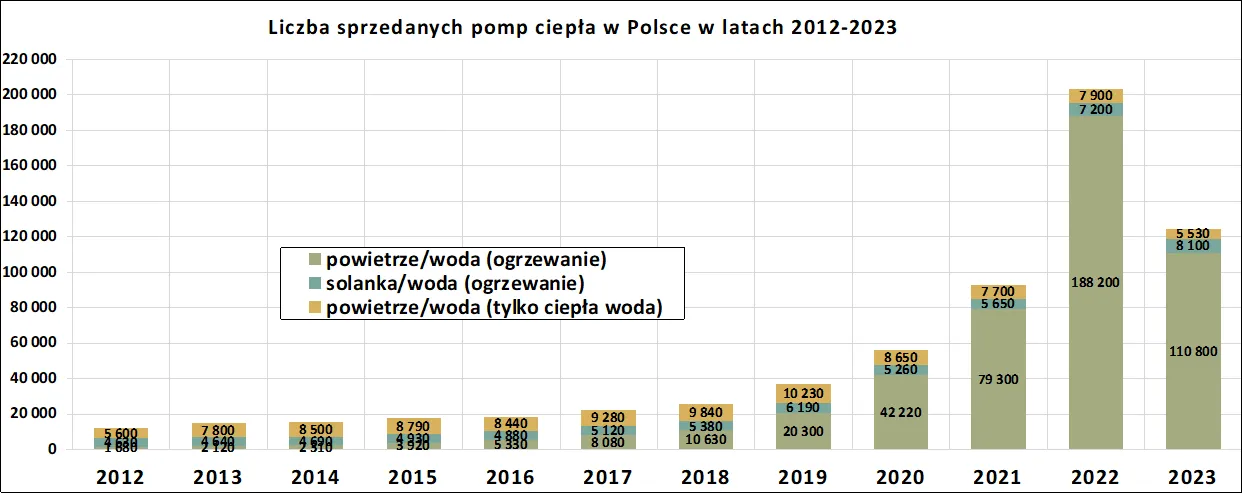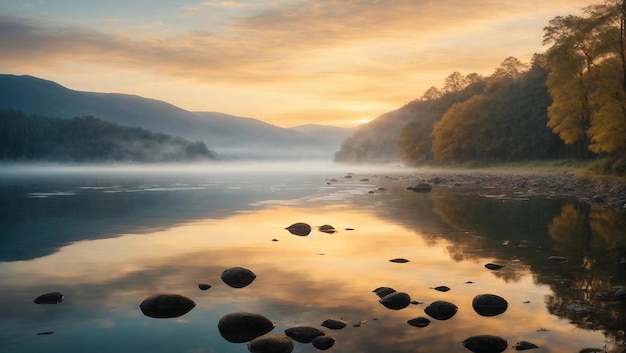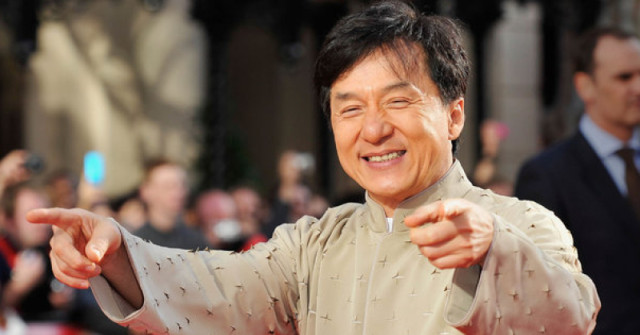The Karate Kid's Impact On Pop Culture And Martial Arts Training

Table of Contents
The Karate Kid's Cultural Impact
A Generation's Inspiration
The Karate Kid resonated deeply with audiences, inspiring many to lace up their karate gis and begin their martial arts journey. The film's influence extended far beyond the dojo, permeating fashion, music, and even slang.
- Fashion: The iconic karate uniform, along with Daniel LaRusso's headband and casual 80s attire, became instantly recognizable and emulated by fans.
- Music: The film's soundtrack, featuring upbeat 80s tracks, remains popular and evokes nostalgia for many.
- Slang: Phrases like "wax on, wax off," initially presented as seemingly mundane chores, became synonymous with the film's underlying themes of perseverance and hidden depth.
Scenes like Daniel's crane kick and Mr. Miyagi's wise pronouncements are frequently quoted, demonstrating the film’s lasting cultural imprint. The film's themes of perseverance, self-belief, and overcoming adversity continue to inspire audiences, offering a timeless message that transcends generational gaps.
The "Underdog" Narrative
The Karate Kid expertly crafts a classic underdog narrative. Daniel LaRusso, the initially vulnerable newcomer, faces relentless bullying and seemingly insurmountable odds. His journey to self-discovery and victory through martial arts resonates with audiences worldwide.
- Relatability: Daniel's struggles with bullies and his search for self-confidence are universally relatable, making the film appealing to various demographics.
- Character Arc: Daniel's transformation from a shy, intimidated teenager to a confident martial artist is a powerful and satisfying arc.
- Comparisons: The film's success can be compared to other celebrated underdog stories like Rocky and Hoosiers, sharing the common thread of triumph over adversity.
The Legacy of The Karate Kid Franchise
The Karate Kid franchise’s enduring popularity is undeniable, spanning sequels, remakes, and the immensely successful Cobra Kai series.
- Sequels: While the sequels varied in quality, they consistently showcased the core themes of the original.
- Remakes: The 2010 remake updated the story for a new generation, demonstrating the enduring appeal of the core narrative.
- Cobra Kai: This Netflix series, a continuation of the original story, has breathed new life into the franchise, attracting both longtime fans and a new audience. It expertly explores the complexities of the characters and delves deeper into themes of rivalry and redemption.
The Karate Kid's Influence on Martial Arts Training
Increased Interest in Karate
Following The Karate Kid's release, there was a noticeable surge in interest in karate. While precise statistics are difficult to obtain, anecdotal evidence and media reports from the time point to a significant increase in karate class enrollment.
- Style Impact: The film popularized Shotokan Karate, although Mr. Miyagi's unique style was a blend of various techniques.
- Miyagi-Do's Rise: While not a formally recognized style, the Miyagi-Do philosophy and training methods presented in the movie inspired many instructors and students.
The Myth and Reality of Miyagi-Do
The Karate Kid showcased unique training methods – the "wax on, wax off" philosophy, for example – which blended practical and philosophical elements. However, it's essential to separate the fictionalized portrayal from the reality of traditional karate training.
- Practical Applications: Some techniques shown, like the crane kick, have practical applications in karate, while others are more symbolic.
- Comparison to Traditional Styles: Miyagi-Do, as depicted, differs significantly from formalized karate styles in its emphasis on unconventional training and life lessons.
- Ethical Considerations: Certain aspects of the training, particularly the intense focus on competition and rivalry, warrant ethical consideration.
Impact on Martial Arts Instruction
The Karate Kid's depiction of karate, while influential, also presents a somewhat romanticized view of martial arts training.
- Image of Karate: The film significantly contributed to shaping the public's perception of karate, sometimes oversimplifying its complexities.
- Mindfulness in Teaching: The "wax on, wax off" philosophy’s emphasis on focus and discipline highlights the importance of mindfulness in training.
- Realistic Expectations: It’s crucial for instructors to temper the sometimes unrealistic expectations created by the film's depiction of rapid skill acquisition.
Conclusion
The Karate Kid's impact on pop culture and martial arts training is undeniable. The film’s enduring legacy lies in its ability to inspire, entertain, and promote the values of perseverance, self-belief, and discipline. From its influence on fashion and slang to its effect on karate enrollment, "The Karate Kid's impact" is far-reaching and continues to resonate with audiences worldwide. Discover your inner Daniel LaRusso and experience the transformative power of martial arts – the legacy of The Karate Kid's impact continues to inspire!

Featured Posts
-
 Ks Sliwinski Analizuje Konklawe Niespodziewani Papieze Fakty I Statystyki
May 07, 2025
Ks Sliwinski Analizuje Konklawe Niespodziewani Papieze Fakty I Statystyki
May 07, 2025 -
 Trumps 100 Tariff Threat Impact On Foreign Films
May 07, 2025
Trumps 100 Tariff Threat Impact On Foreign Films
May 07, 2025 -
 The Glossy Mirage Unveiling The Illusion
May 07, 2025
The Glossy Mirage Unveiling The Illusion
May 07, 2025 -
 John Wick 5 Exploring The Likelihood Of John Wicks Return
May 07, 2025
John Wick 5 Exploring The Likelihood Of John Wicks Return
May 07, 2025 -
 71 Godini Dzheki Chan Retrospektsiya Na Karierata Mu
May 07, 2025
71 Godini Dzheki Chan Retrospektsiya Na Karierata Mu
May 07, 2025
